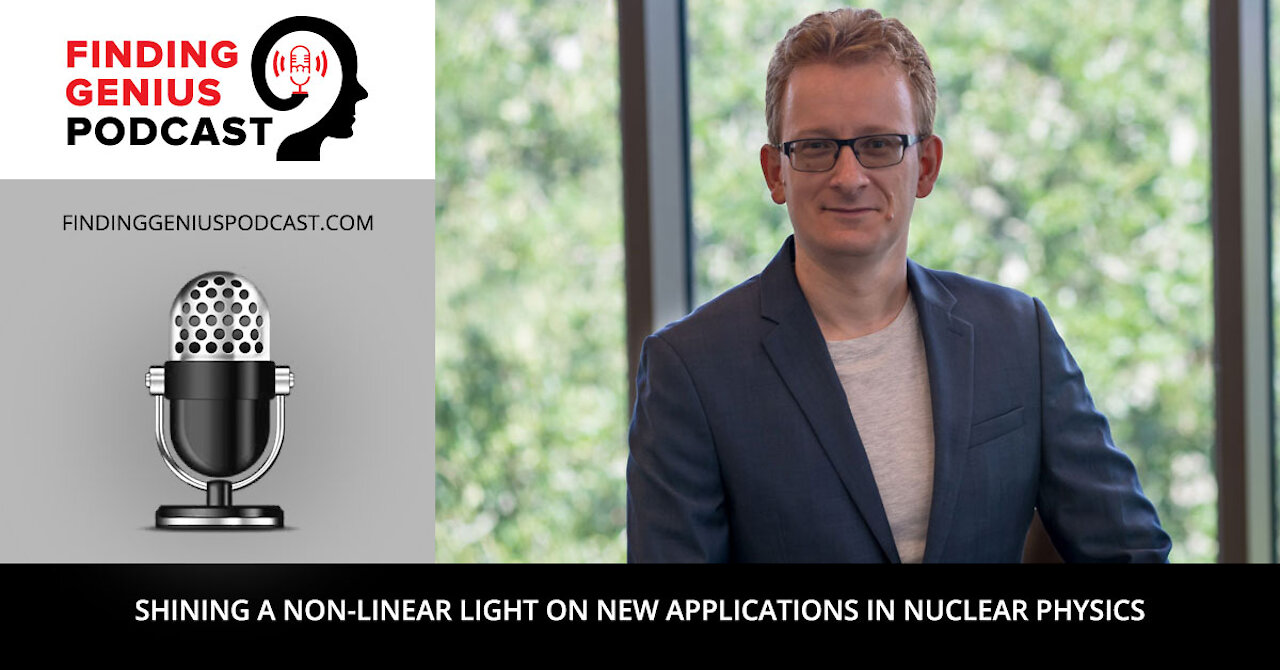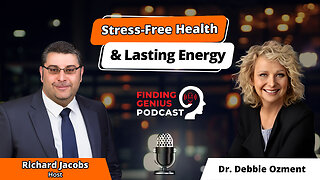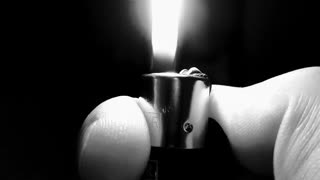Premium Only Content

Shining a Non-Linear Light on New Applications in Nuclear Physics
Turn lead into gold?
Yes, it’s possible. But according to Denys Bondar, PhD, that’s beside the point. He’s asking this question: can any substance be made to look like any other one?
Press play to explore the meaning and implications of this and more:
How much computing power you can get from shining ‘bright’ light on a single atom
How it’s possible to make one element look like another, and why it matters
Whether it’s possible for a computer to process information at the speed of light
Bondar is an assistant professor at the Tulane University School of Science & Engineering whose most recent work has been on nonlinear optics. It's a field of study that describes the behavior of bright light (high-intensity light, like that given off by lasers) in nonlinear substances. He contrasts an explanation of this with an explanation of linear optics, which is observed when everyday light—like that from the lightbulbs in your house—interacts with materials and reflects back to the eye.
Using analogies and metaphors, Bondar discusses these concepts in depth. He also dives into the history of optics, and provides three concrete ways in which nonlinear optics can be applied in the lab and commercially. These include the possibility of computation at the speed of light, and the induction of superconductivity into certain materials.
Tune in for the full conversation and check out https://sse.tulane.edu/pep/faculty/bondar to learn more about his work.
Episode also available on Apple Podcasts: apple.co/30PvU9C
-
 37:09
37:09
FGP
2 days agoVitality Made Simple: Dr. Debbie Ozment On Stress-Free Health & Lasting Energy
18 -
 1:22
1:22
CountingTheDays
4 years ago $0.10 earnedAre You Shining HIS Light?
2591 -
 0:15
0:15
ViralHog
4 years ago $0.07 earnedShining a Red Light at Reflective Speed Limit Signs
7521 -
 0:24
0:24
mistersketch
4 years agoShining an everlasting light for all NHS and key workers
22 -
 46:27
46:27
WFTX
5 years agoRace Relations: Shining a Light Across Florida
439 -
 6:47
6:47
HuckabeeOnTBN
4 years agoShining A LIGHT On Corruption In DC | Ric Grenell | Huckabee
1.88K2 -
 1:10:29
1:10:29
Chad Prather
15 hours agoFailure and the God Who Restores
54.2K15 -
 1:13:54
1:13:54
The Kevin Trudeau Show Limitless
14 minutes agoKevin Trudeau: Banned, Censored, Still Speaking Truth.
-
 16:05
16:05
It’s the Final Round
9 hours ago $0.05 earnedNBA Best Bets & Player Props | Full Analysis & Predictions, FREE Today Wednesday 11/12 November 12th
22 -
 LIVE
LIVE
LFA TV
13 hours agoLIVE & BREAKING NEWS! | WEDNESDAY 11/12/25
3,851 watching